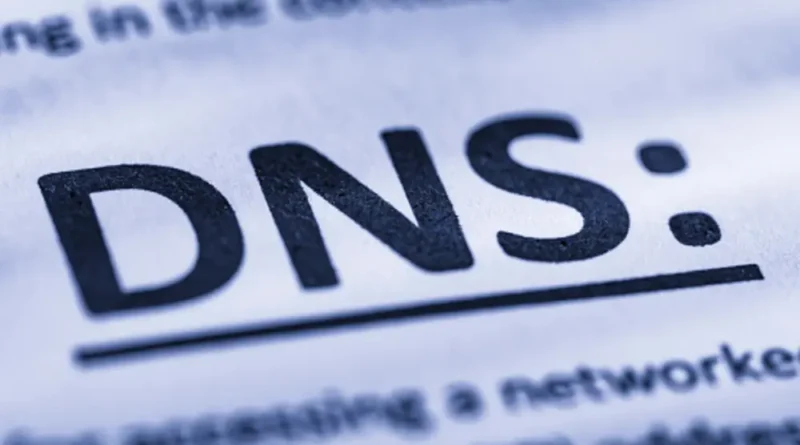What Is Domain Name System?
A domain name system refers to the distribution of names for computers reachable through the internet or other Internet Protocols (IP). It is used to give a human-capacity name to numeric IP addresses. It has been a necessity since the introduction of the Internet. The concept of DNS has been around since the ARPANET. Elizabeth Feinler thought of storing the numeric IP address under various names to make it easier to record and differentiate one system from another.
As the concept was relatively new and wasn’t sure how to do it without any manual actions, it was recorded manually. Each hostname and their respective address had to be added to the primary file by approaching the NIC (Network Information Center). The domain system was introduced by Elizabeth and each domain contained the hostnames and addresses according to the location and local network wise.
By 1984, BIND, a UNIX name server came through for the implementation of the Internet Domain name, and since the year 2000, over 43 different core developers had worked on BIND.
Also Read: What is MySQL? And What Are The Various Uses of It?
Structure of DNS
The structure of DNS is that of a tree data structure. the domain name consists of the label itself and each node/leaf is differentiated through a dot. And as the data structure expands, it gets divided into sub-zones. A DNS can have as many zones as the manager for the particular domain can handle and maintain it. However, as the zones increase, the parent node refuses to take authority for the new nodes.
Operation of DNS
As the operation is initiated, the network host initiates a cache to hint at the address of the root name server. The caches are updated periodically to retrieve data from the most reliable source. If the resolver has no previous data to help with the process, the resolver then tries to start a query to find one of the root servers. This process reiterates itself until a dominative answer has been provided.
For eg:- techchoob.com refers to the com servers, which is a top-level domain in the DNS network. So if you search for the query the servers try to reiterate the cache until you find the most reliable source from the internet.
Users may access the desired website by typing the domain name into the browser’s address bar. DNS lookup, sometimes called DNS resolution, is the mechanism by which this seemingly instantaneous action is accomplished.
Consider the following scenario for a concrete example of how DNS resolution works.
Entering hostinger.com into your browser’s URL bar will send you to Hostinger’s home page. By doing so, you are making a DNS request.
The computer will next see if a local DNS record for the domain you entered already exists. A fully qualified domain name (FQDN) can be associated with a specific IP address using a DNS record.
The host’s file and cache are the first places a computer checks. A cache is transitory data saved by a hardware or software component, while a host file is a plain text file that maps hostnames to IP addresses in an operating system.
Your browser’s or ISP’s cache may include the corresponding IP addresses for the DNS service.
If neither your host’s file nor your cache includes an IP address that corresponds to the requested resource, the DNS resolution procedure will proceed with some more stages.
Conclusion – Domain Name System
Every day, millions of users make requests to modify the DNS by adding or removing domain names, changing IP addresses, and more. But the DNS’s special architecture ensures that data remains organised. If you try registering example.com and example.gov, you’ll end up with two completely different websites, even if the names are identical. Other than that, the DNS’s streamlined structure and efficiency guarantee that you’ll always be sent to the correct location when entering a domain name. By entering a domain name, you may be certain of constantly being redirected to the same location on the Internet, since the system will translate the domain name to an IP address. The Domain Name System is essential to the success, use, and fun of the Internet.




